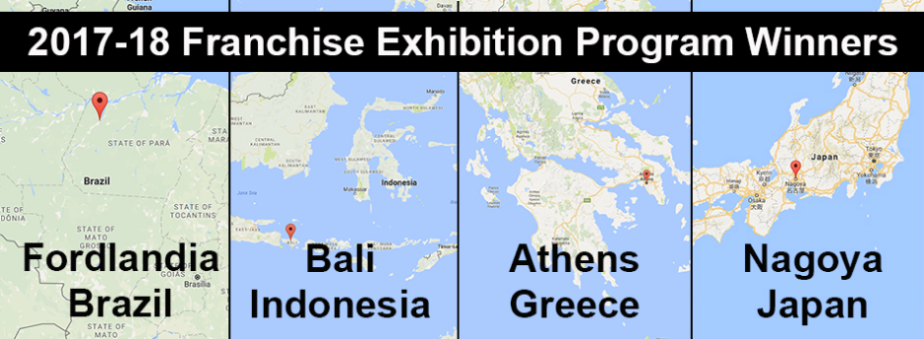
The exhibition, In the Moloch of the Presence of Being, by John Bock transports the viewer into a curious, uncomfortable fantasy land which is in fact, all too real. Taking inspiration from circus freak show culture of the 1920’s, Bock presents the viewer with decayed color, absurd mechanisms, and distorted depictions of human behavior. He employs installation and film, causing the spectator to be placed within the set of what they view in the film, stirring a feeling of uneasy recognition. The pieces are spaced along a wandering path as if one were moseying through a dark carnival gone to disrepair. The exhibition feels like a modern art museum’s take on Sleep No More with an American Horror Story season four twist. However, do not let the pop culture similes mask the artistic rigor of the work itself. The pieces contain a high level of detail, invite the viewer to engage, and hold an intentional conversation between objects and time-based pieces.
Akin to the exhibition, Bock’s newest film and standout piece, Hell’s Bells, is screened in an adjoining theater. This feature-length production could be mistaken for a creative lovechild made between masters of gore and fantasy, Quentin Tarantino and Tim Burton. This Wild West depiction has everything you could ask for- drag queen kingpins, eccentric parodies of religious lunacy, and a steampunk’s dream world.
The title of this exhibition called to mind the reference to Moloch as told by Allen Ginsberg. “Moloch whose mind is pure machinery! Moloch whose blood is running money! Moloch whose fingers are ten armies! Moloch whose breast is a cannibal dynamo! Moloch whose ear is a smoking tomb!” The fervent, dark imagination in the voice of Ginsberg echoes through the space of the exhibition. A distorted reality is constructed, bringing the viewer into a moment to reflect on the absurdity of objects and our likewise curious social perception of them in what the exhibition text adeptly describes as, “a grotesque and mischievous pageant.”



 Personal installation shot of ğ – Queer Forms Migrate
Personal installation shot of ğ – Queer Forms Migrate A closer look at İnci Pasajı by Viron Erol Vert (personal photo)
A closer look at İnci Pasajı by Viron Erol Vert (personal photo)
 Image from the Apexart Website
Image from the Apexart Website



